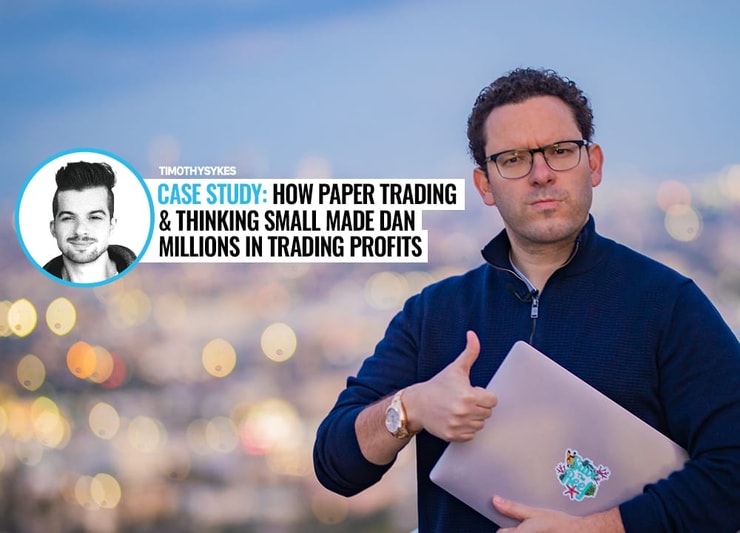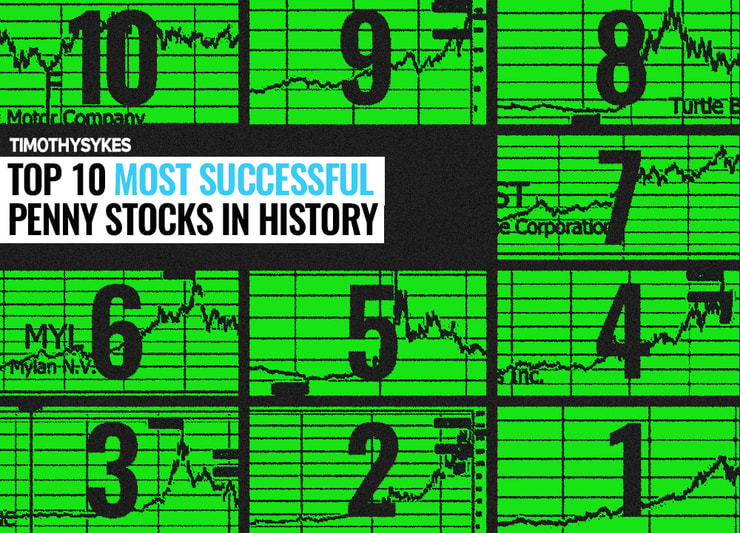Dan first discovered me in 2013 while browsing YouTube. At the time, he was focused on playing poker. It wasn’t until 2016 that he circled back to me and started trading with a $30,000 account — and proceeded to lose for the next several months. It led him to make an extreme but game-changing move: he dropped out of college to become a full-time paper trader.
After eight months of paper trading, he started again with a $10,000 cash account. He played poker on the side to earn more trading money. His time practicing paid off — here’s how his journey played out…
Table of Contents
Quote
“Starting big doesn’t work. You need to start small with the focus being on learning rather than making profit. Experience leads to bigger and better future opportunities.”
Background
My student Dan started trading with $30,000 so he could be over the PDT. But things quickly spiraled out of control, and he lost $12K in about three months. Luckily, he took it as a wake-up call to invest in his education. Here’s how he went from bleeding his account to $1.9 million in trading profits…
Timeline
2013
First discovers me on YouTube.
2016
Sets up his first $30K trading account and quickly loses $12K. Continues to lose until March 2017.
More Breaking News
- Marvell Technology: What’s Driving Recent Stock Movements?
- CoreWeave’s Strategic Moves Impact Stock
- Wolfspeed Stock Soars Amid Major Debt Restructuring and CFO Appointment
March 2017 to October 2017
Paper trades full-time.
October 2017
Begins trading again with a $10K account.
2018
Begins to hit his stride and has several memorable trades, including a $607 profit on Onconova Therapeutics Inc. (NASDAQ: ONTX). It’s still his Twitter banner because of what it represents (small positions with great risk/reward and locking in profits).
April 2021
Passes $1 million in trading profits.
September 2021 to March 2022
Goes from exponential profits to break-even trading in a turbulent market.
April 2022
As market momentum surges, so do his profits. Currently up over $1.9 million in trading profits.
Strategy
Dan likes to go long on bullish structures that he finds predictable. Typically, he looks for stocks that have a history of being explosive. He tries to time his entries with what he has determined is his best risk/reward.
But even with a clear-cut strategy, he understands the importance of adapting. He flows with whichever sector is working best, and he’s constantly making adjustments to his strategy as needed.
Stats
- Currently over $1.9 million in trading profits
- Average 2.84% percent gain per trade
- Average $1011 gain per trade
- Passed $1 million in April 2021
- Currently up over $1.9 million
Trading Superpowers
- Using the ‘poker mindset’ to trade smarter
- Paper trading his way to smarter live trading
- Devoting 12,500 hours into his career so far
See Dan’s Chart and Resouces
- Check out Dan’s Profit.ly chart
- See how Dan reminds himself of solid risk/reward here.
- Read more about Dan: My Latest Trading Challenge Millionaire + Two 6-Figure Student Milestones
- Read more about his ‘poker mindset’: Ante Up: How the Poker Mindset Gives Top Traders an Edge
- Check out Dan’s interview on the TWIST Podcast
- Check out Dan’s favorite trading resource, the “Trader Checklist Part Deux” guide. He watched it all in one day because he was so motivated to learn!
Take Your Education Further!
- All of my millionaire students started in my Trading Challenge
- Just getting started? Check out my 30-Day Bootcamp for new traders.
How does Dan’s story inspire you? Do you understand why he scaled back and became a full-time paper trader for months? Let me know in the comments!










Leave a reply